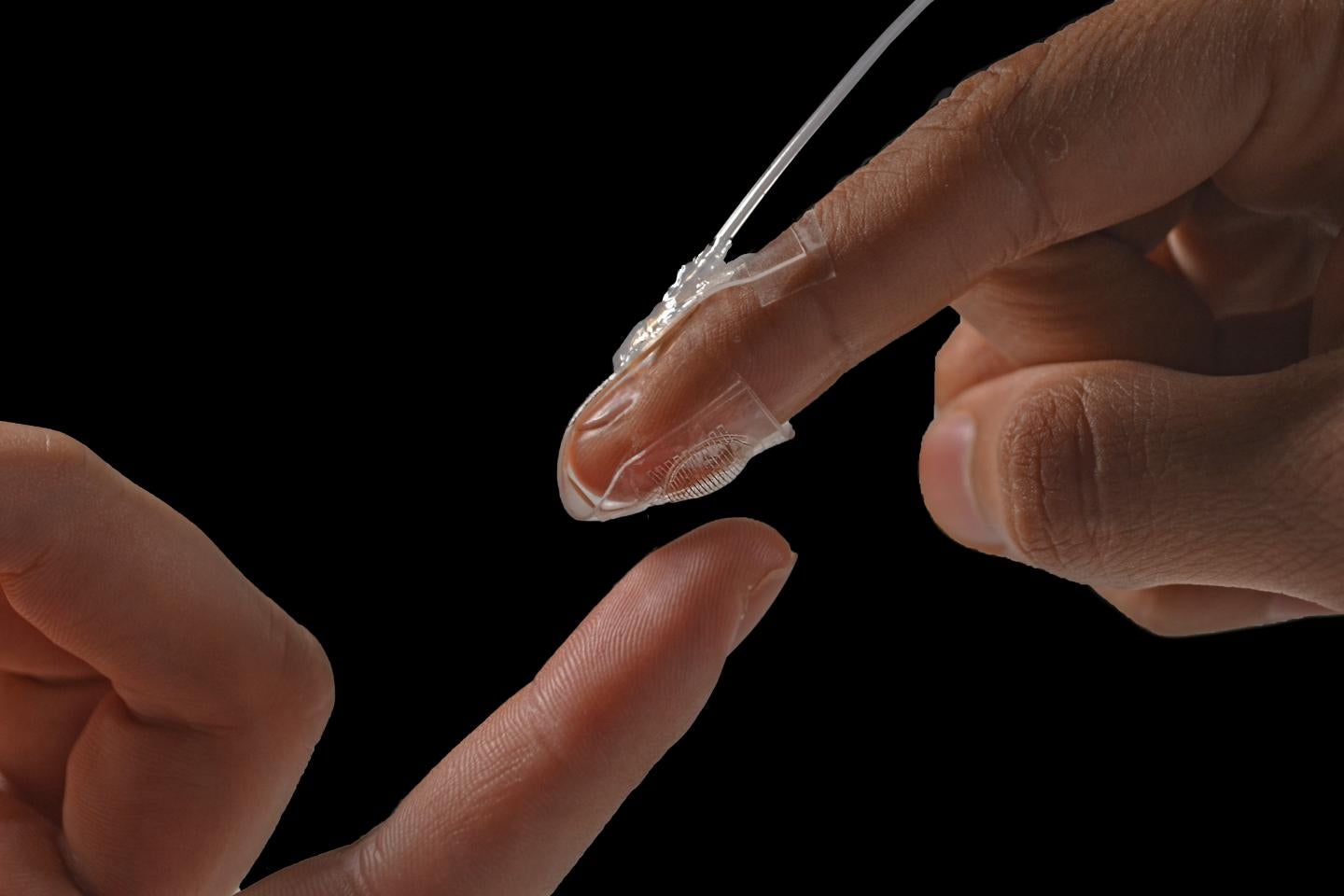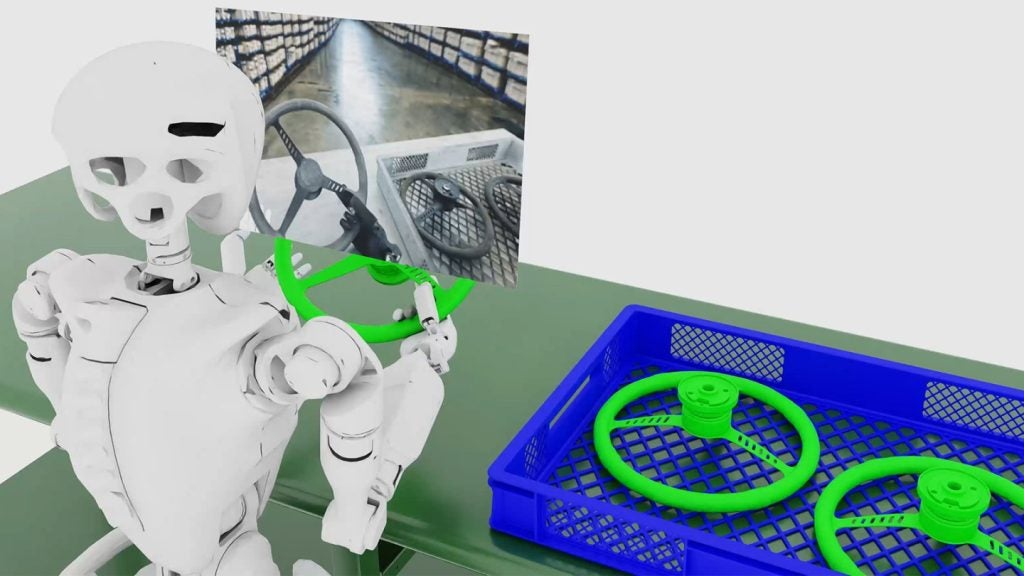
Replicating the human sense of touch, also known as haptic feedback, is an important and challenging step in developing more dexterous and responsive robotics, and also in the area of medical technology.
Researchers at the École polytechnique fédérale de Lausanne (EPFL) in Switzerland believe they have found a way of achieving this through the development of an artificial skin.
Scientists at EPFL’s Reconfigurable Robotics Lab and Laboratory for Soft Bioelectronic Interfaces at the School of Engineering have developed a soft and flexible skin, which they believe could have important applications in medical rehabilitation and virtual reality.
Made of silicone and electrodes, the artificial skin can fit the exact shape of the wearers wrist, providing feedback in the form of pressure and vibration through the use of sensors, intended to produce “a sense of touch that’s as realistic as possible”.
Harshal Sonar, the study’s lead author explains that this is the first time that the sensors and actuators (part of a machine that moves) have been integrated into the skin, allowing for greater accuracy:
“This is the first time we have developed an entirely soft artificial skin where both sensors and actuators are integrated. This gives us closed-loop control, which means we can accurately and reliably modulate the vibratory stimulation felt by the user. This is ideal for wearable applications, such as for testing a patient’s proprioception in medical applications.”
How well do you really know your competitors?
Access the most comprehensive Company Profiles on the market, powered by GlobalData. Save hours of research. Gain competitive edge.
 Company Profile – free sample
Company Profile – free sampleThank you!
Your download email will arrive shortly
Not ready to buy yet? Download a free sample
We are confident about the unique quality of our Company Profiles. However, we want you to make the most beneficial decision for your business, so we offer a free sample that you can download by submitting the below form
By GlobalData
How does it work?
The artificial skin, tested so far on participants’ fingers, contains a membrane layer that is inflated by pumping air into it. Electrodes on top of the membrane layer continuously monitor any changes in the skin’s shape or form, transmitting a realistic sense of touch to the wearer.
Sonar explains that this is an important step in human-computer and human-robot interfaces, and could have a variety of uses:
“The next step will be to develop a fully wearable prototype for applications in rehabilitation and virtual and augmented reality. The prototype will also be tested in neuroscientific studies, where it can be used to stimulate the human body while researchers study dynamic brain activity in magnetic resonance experiments.”
According to researchers, the artificial skin can be stretched up to four times its original length for up to a million cycles, meaning it has a number of real-world applications.
Read More: Synthetic e-skin gives robot hand a human touch.







